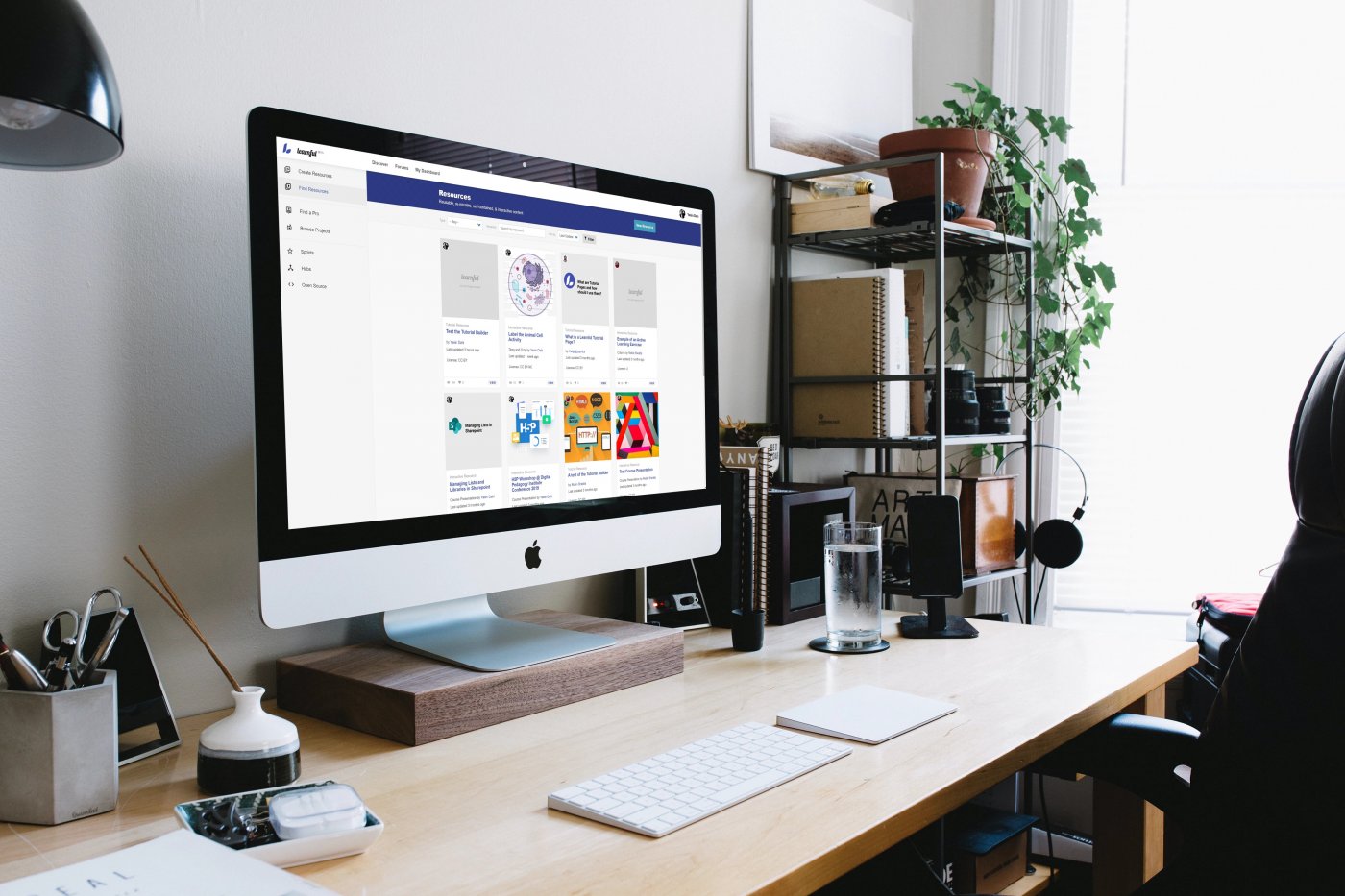
Accessibility for Instructional Designers
OER Project Project by Robin Shields · 5 years ago ·
Designing eLearning that is accessible for people with disabilities isn’t easy. The key is to find ways in which basic principles of good web design, along with the principles of Universal Design, can improve access to and the experience of eLearning for all learners, regardless of ability. In Learning Is For Everyone: Instructional Design For Accessibility free technical article, Obsidian Learning examines several important issues related to Instructional Design and accessibility:
- Legal requirements for accessible web sites.
- Problems encountered by people with disabilities who use educational sites.
- Guidelines for accessible design from various government and private organizations.
- Assistive technologies that aid learners with disabilities.
- Developing accessible eLearning using the guiding principles of Universal Design for Learning.
But, first, what is "accessibility"? Let us define some terms.
Key Definitions
The World Wide Web Consortium (W3C) provides this definition for accessibility:
“Web accessibility means that people with disabilities can perceive, understand, navigate, and interact with the Web, and that they can contribute to the Web.” (W3C, 2005).
This inclusion of not only using, but also contributing to, the web is particularly significant in the area of online learning, because learners are typically required not only to use the internet to access information, but also to demonstrate in some way their assimilation of that information.
Next, what constitutes a disability? The World Health Organization (WHO) defines an individual with a disability as
"Disabilities is an umbrella term, covering impairments, activity limitations, and participation restrictions. An impairment is a problem in body function or structure; an activity limitation is a difficulty encountered by an individual in executing a task or action; while a participation restriction is a problem experienced by an individual in involvement in life situations."
The W3C includes the following types of disabilities in its consideration of designing for accessibility: Visual disability, hearing impairment, physical (motor) disability, speech disability, cognitive and neurological disability (including learning disability and seizure disorders, for example), multiple disability, and aging-related conditions (W3C, 2005). That’s quite a range of possible disabilities, and it sets a high bar for designing eLearning that can accommodate the widest possible number of learners and instructors.
How Learning Is For Everyone: Instructional Design For Accessibility Can Help You Design Accessible eLearning Material
Good design is accessible design. Here is what you can find in Learning Is For Everyone: Instructional Design For Accessibility to support your design efforts:
- Accessibility and the law. There are legal as well as ethical reasons for making provision for disabled learners. This section examines how accessible web design has been influenced in Canada by federal legislation and it includes insights about:
- The Charter of Rights and Freedoms.
- Canadian Human Rights Act.
- Employment Equity Act.
- Technologies for accessibility. There are a number of tools that provide assistance for disabled users of the web and other technologies:
- Low tech options.
- Mid-tech devices.
- High-tech options.
- Accessibility and eLearning design. While assistive technologies are invaluable in making eLearning accessible, it’s crucial that we consciously design online courses for accessibility. Some guidelines that can help us do that include:
- Web Content Accessibility Guidelines (WCAG).
- Provincial Acts and guidelines.
- WebAIM accessibility guidelines.
- Universal Design (UD) for instruction. A compelling idea in the area of designing for accessibility is the concept of Universal Design. Universal Design (UD) looks at accessibility from the perspective of designing to accommodate a diverse range of consumers (e.g., young people, elderly people, and people with disabilities) and using this awareness to design products that are more functional to a broader range of people.
- Validating accessible design. Even with the variety of accessibility design guidelines available, it can be difficult for designers to gauge the accessibility of their content. The W3C provides a wide range of guidelines for validation, starting with several “easy checks” you can use to determine broadly if a site is accessible. In this section, you can also find some free tools to help you analyze your content site structure.
Are you ready to create good, accessible design? Check Learning Is For Everyone: Instructional Design For Accessibility and learn how to design courses open to all, including people with disabilities, and deliver true value to your learners.
Please Note: the content for this page is meant for demonstration purposes.


